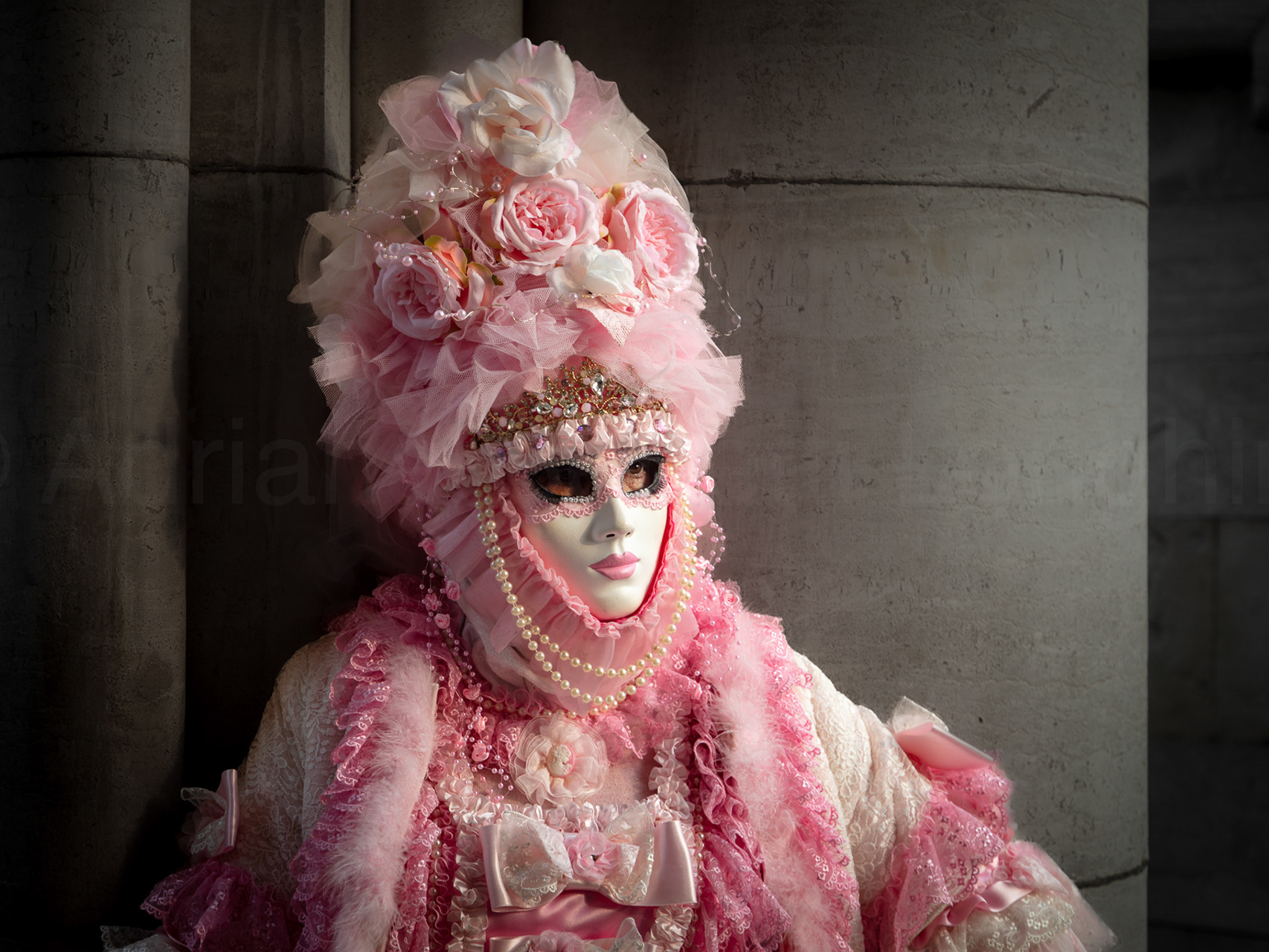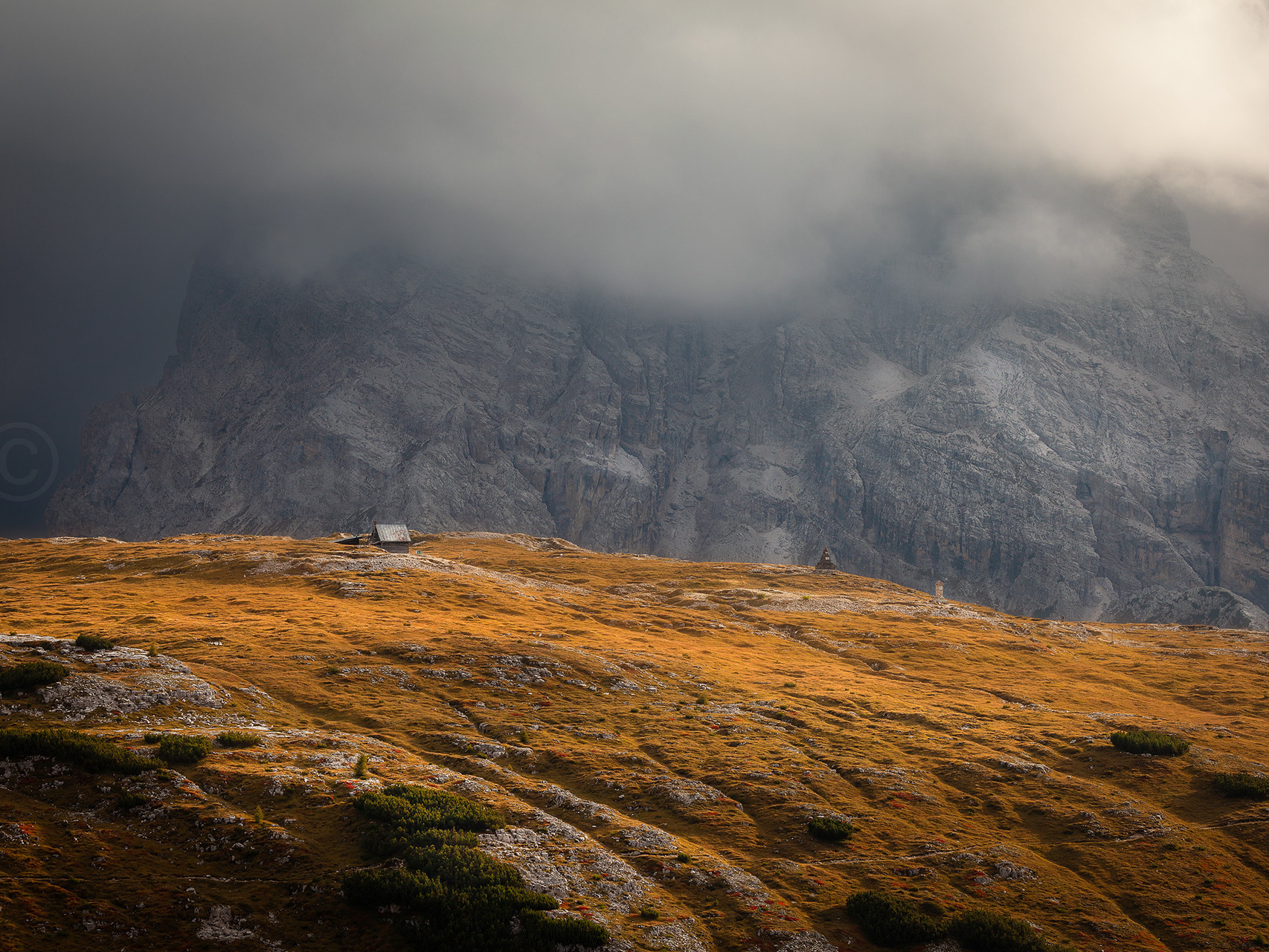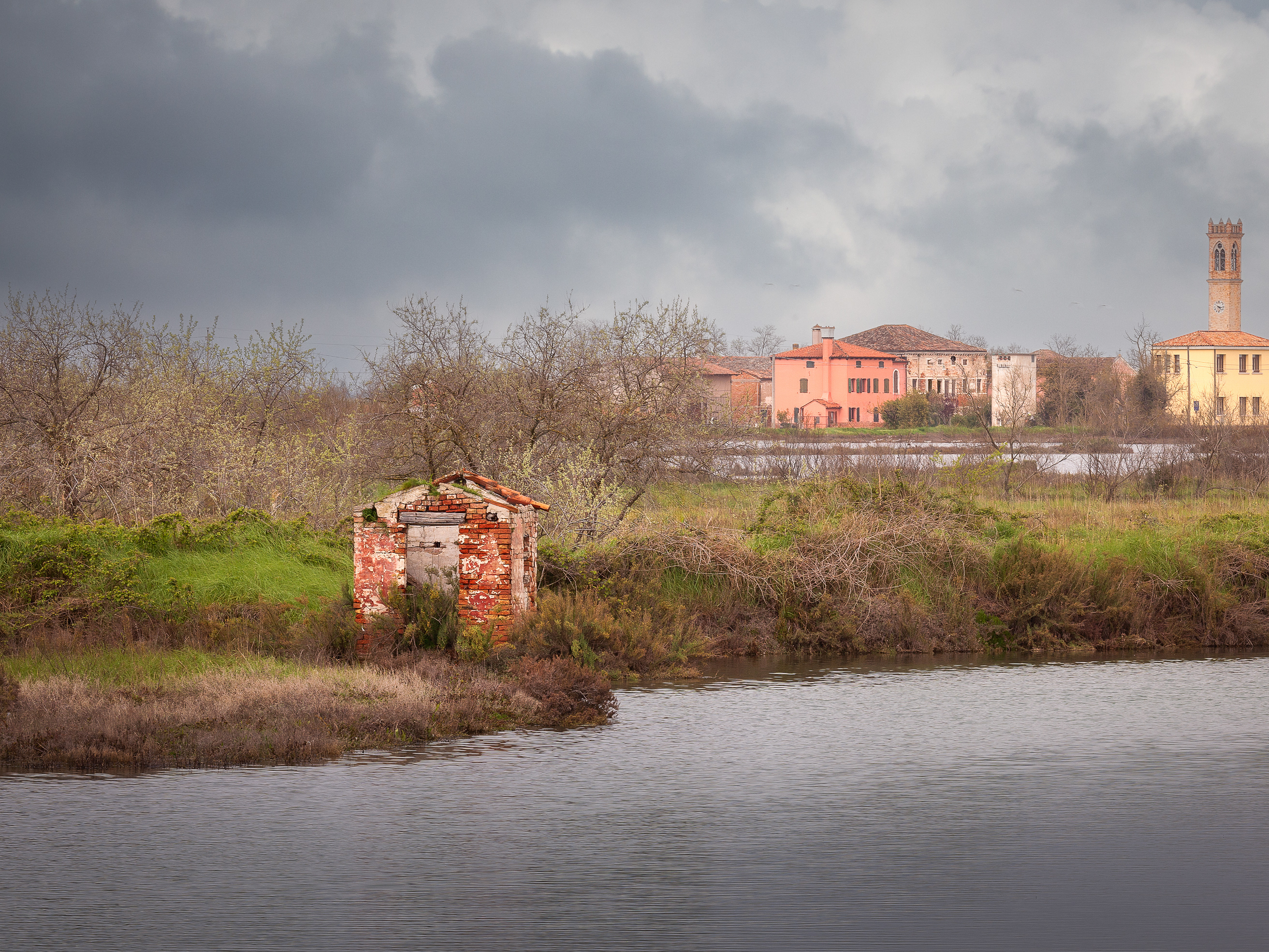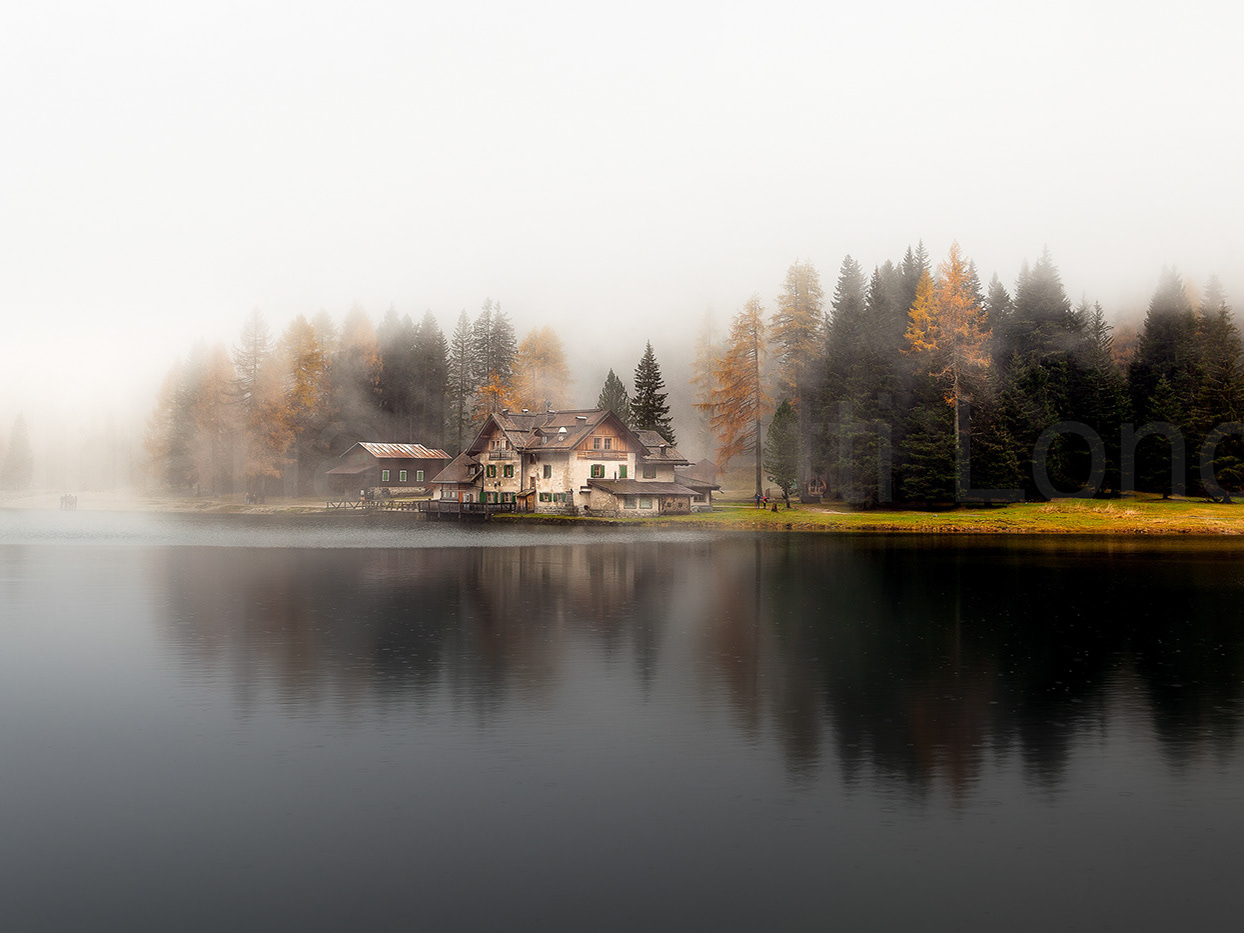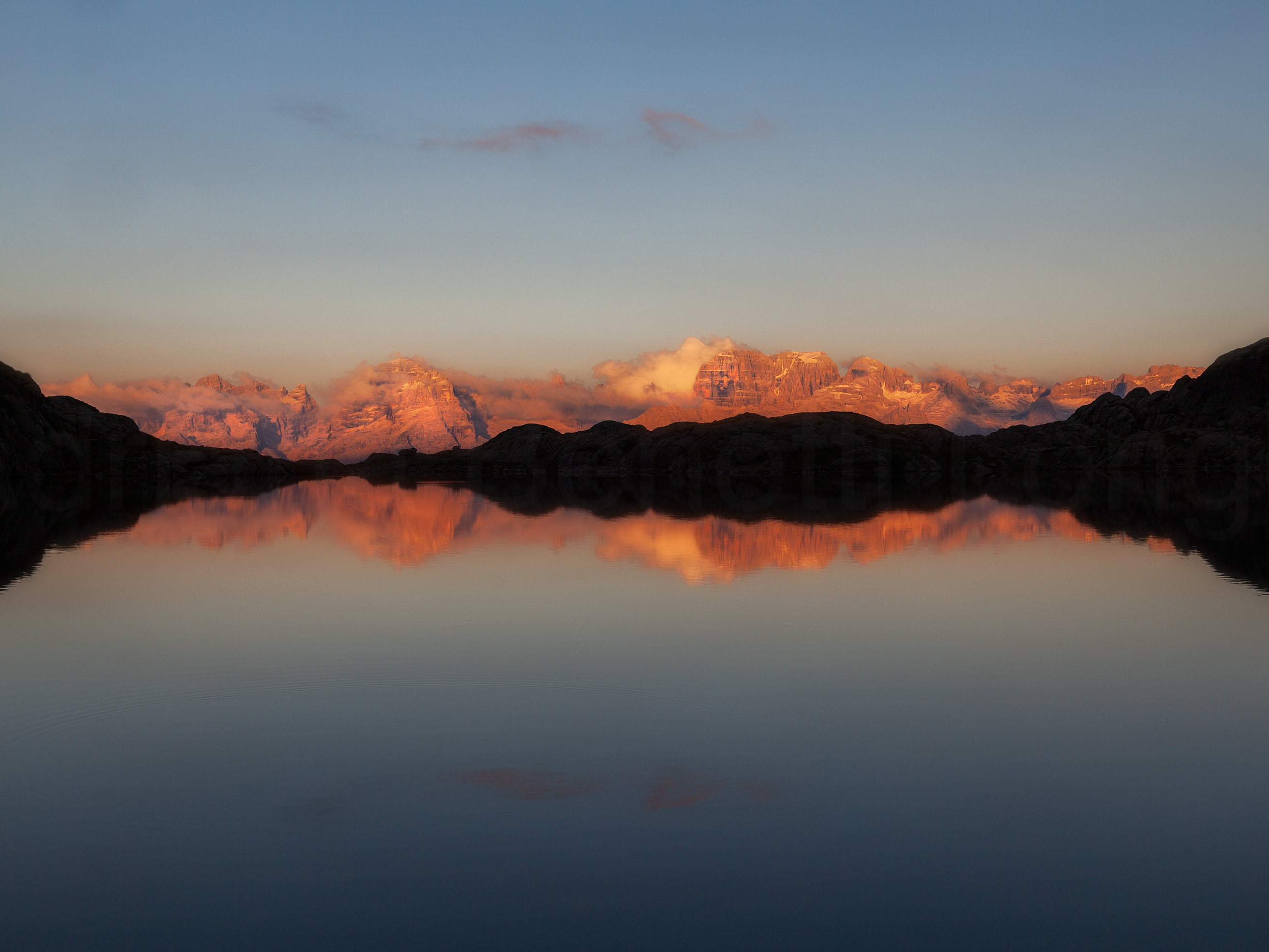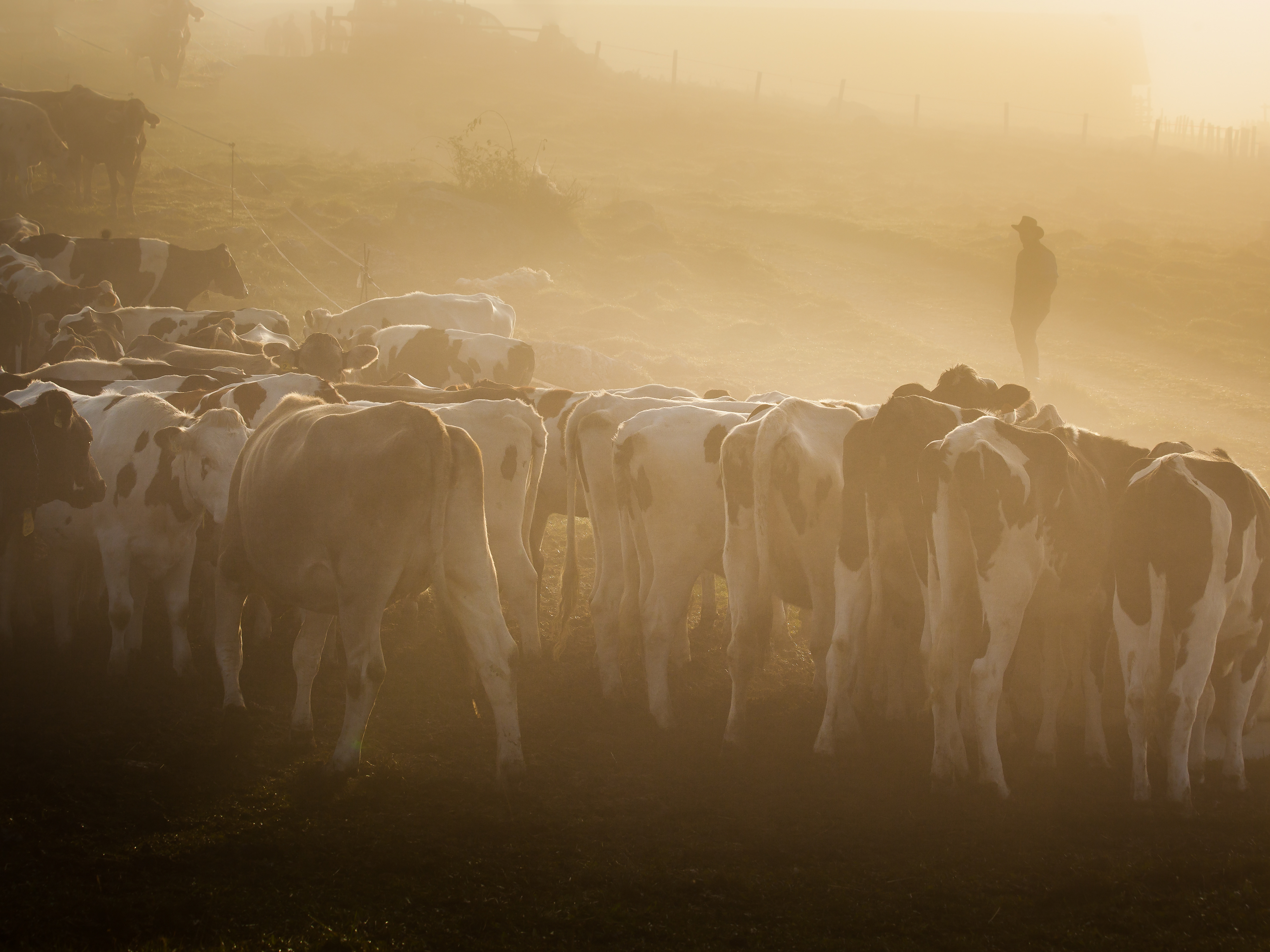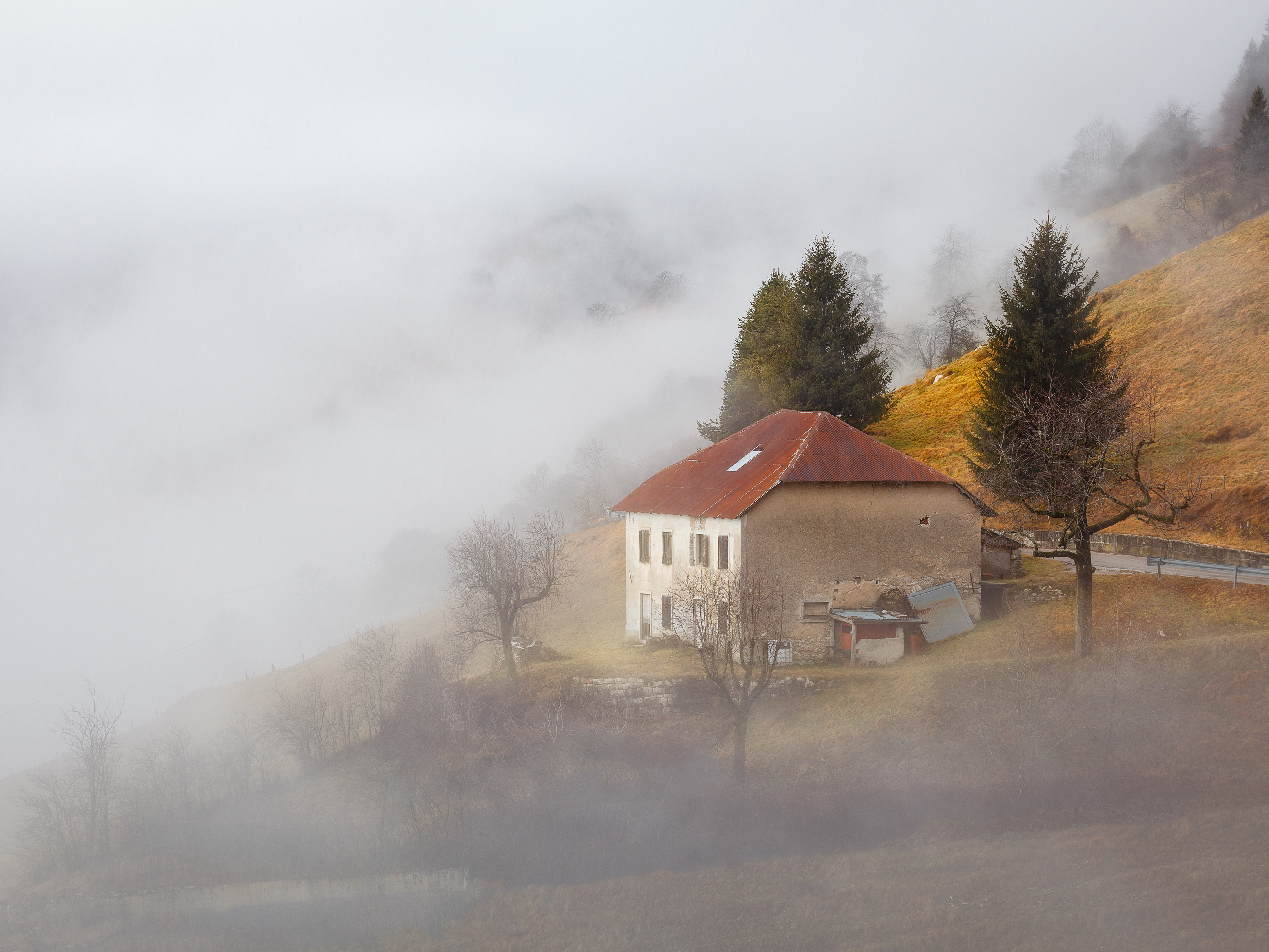I have a story to tell.... I came back to live in my family home in Asiago, northern Italy 19 years ago. The journey hasn’t always been easy, but it has forced me to take a road in my life that has made me happy again. The Altopiano dei Sette Comuni is a magnificent area in northern Italy, so I thought I would share some of my photographic work about a place here that has brought me peace and tranquility and that inspires me to photograph.....
Ho una storia da raccontare... Sono tornato a vivere nella mia casa di famiglia ad Asiago, nel nord Italia 19 anni fa. Il viaggio non è sempre stato facile, ma mi ha costretto a intraprendere una strada nella mia vita che mi ha reso di nuovo felice. L'Altopiano dei Sette Comuni è una magnifica zona del nord Italia, quindi ho pensato di condividere alcuni dei miei lavori fotografici, in un luogo qui vicino che mi ha portato pace e tranquillità, e che mi ispira a fotografare.....
Panoramic view of the Plains of Marcesina before Cyclone Vaia of October 2018
Situated on the Highlands of Asiago are the Plains of Marcesina, one of my favourite places and an unspoiled and little known area outside of the plateau and the world in general. It is a vast plateau located in the northeast of the Altopiano dei Sette Comuni, between the Province of Vicenza and the Autonomous Province of Trento. Because of its topography and rigid climate is often called the "Finland of Italy". The spruce and larch woods surrounding the plateau are the habitat of numerous mammals including roe deer, red deer, fox, and other small mountain animals. It was also the home of bears but regrettably, they disappeared around 1856. Today the Plains of Marcésina are the summer home for cattle that graze here and produce the milk that makes Asiago cheese. The families that live here for approximately 100 days, are proud and hard-working people with many stories to tell.
Sull'Altopiano di Asiago si trova la Piana di Marcesina, uno dei miei luoghi preferiti e un'area incontaminata e poco conosciuta al di fuori dell'Altopiano e del mondo in generale. È un vasto altopiano situato nel nord-est dell'Altopiano dei Sette Comuni, tra la Provincia di Vicenza e la Provincia Autonoma di Trento. A causa della sua topografia e del clima rigido è spesso chiamata la "Finlandia d'Italia". I boschi di abete rosso e larice che circondano l'altopiano sono l'habitat di numerosi mammiferi tra cui caprioli, cervi, volpi e altri piccoli animali di montagna. Fu anche dimora degli orsi che purtroppo scomparvero intorno al 1856. Oggi la Piana di Marcésina è la dimora estiva del bestiame che qui pascola e produce il latte per e non solo il formaggio Asiago. Le famiglie che vivono qui da circa 100 giorni estivi ogni anno sono persone splendide con molte storie da raccontare.
One of the protected bog marshes that are situated here on the Plains of Marcesina
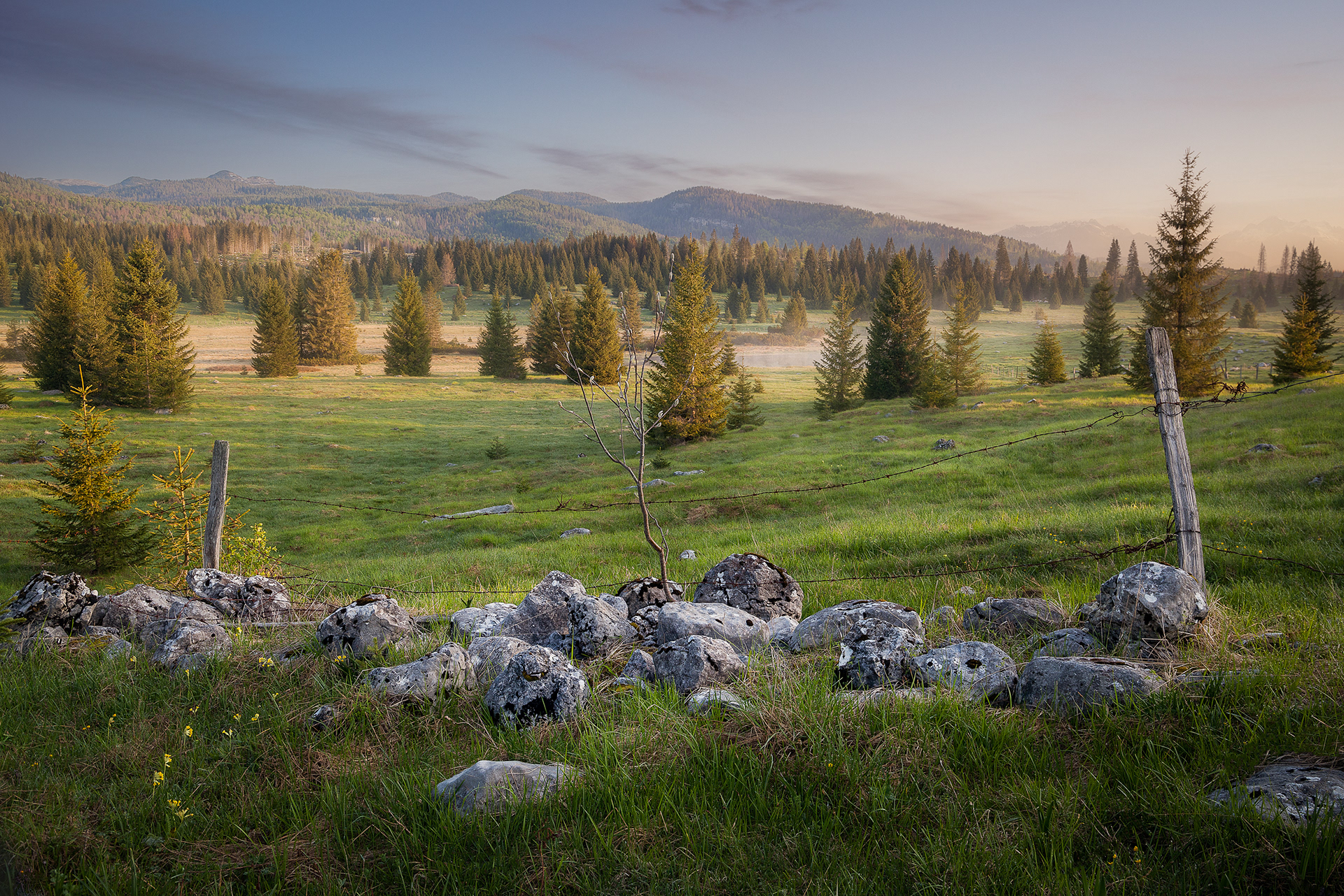
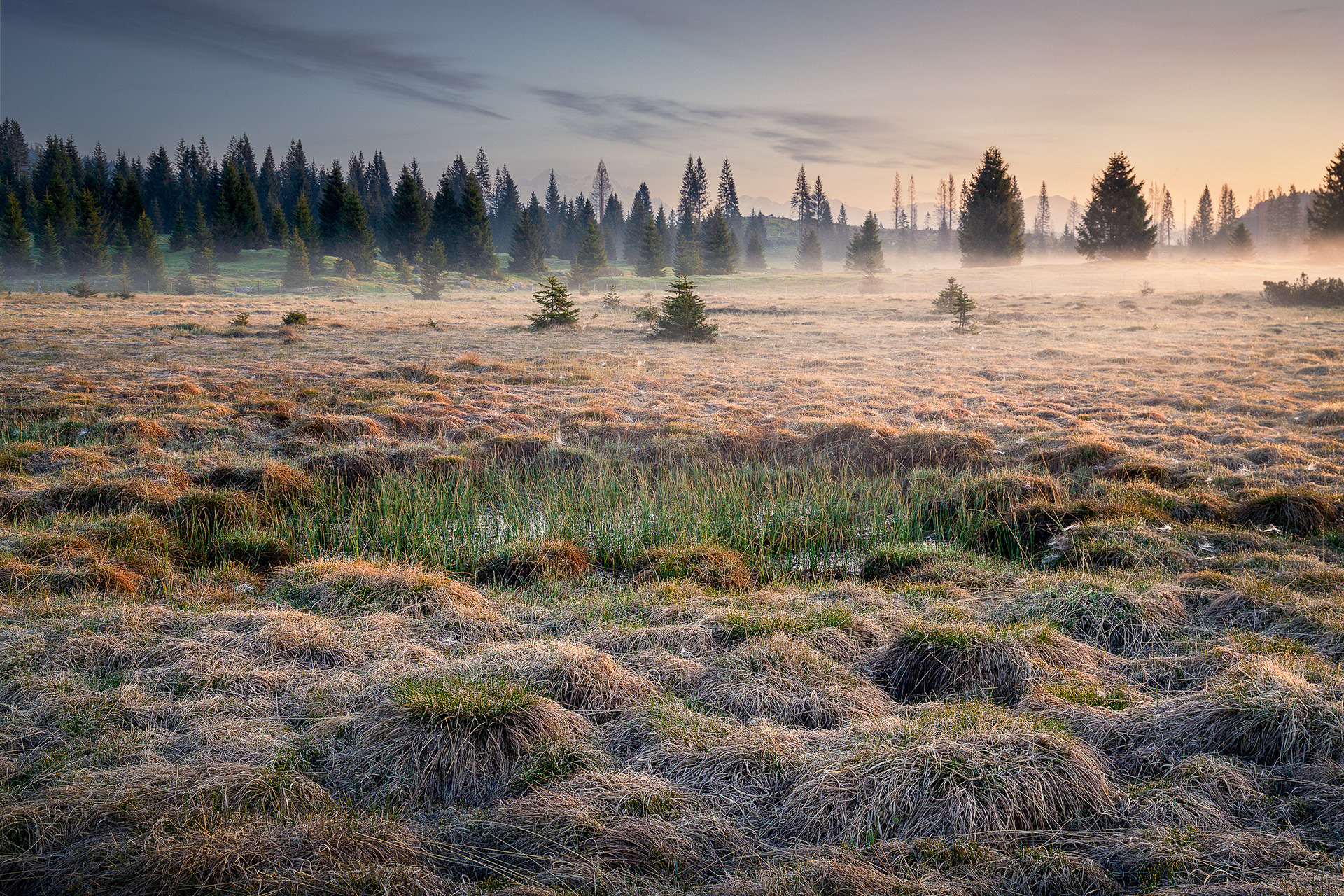
Ancient dwellings called “Casoni” can be found on these plains. They were the ancient and spartan houses that belonged to lumberjacks, built first with a wooden shingle roof, then replaced by metal sheets. It strangely looks like a landscape from the “Wild West”, but instead we are on the wonderful Altopiano dei Sette Comuni. The lumberjacks that lived in the area and worked felling logs that were then moved down the mountains to the Brenta River and used for various purposes including the building of one of the most famous cities in the world: Venice.
In queste pianure si trovano antiche abitazioni chiamate “Casoni”. Erano le antiche e spartane case che appartenevano ai boscaioli, costruite prima con tetto in scandole di legno, poi sostituite da lamiere. Sembra stranamente un paesaggio da “Wild West”, invece siamo nel meraviglioso Altopiano dei Sette Comuni. I boscaioli che vivevano nella zona e lavoravano abbattendo tronchi che venivano poi portati giù dalle montagne fino al fiume Brenta e utilizzati per vari scopi tra cui la costruzione di una delle città più famose al mondo: Venezia.
Two casoni present in the area of Marcesina
During my years as a photographer I have come to know the area and its summer residents; the malgari/dairy farmers very well. They have become my friends always ready to welcome you with a good coffee and often joke with me about the “mad photographer” that walks around the pastures on very misty mornings before sunrise with her camera and tripod.
Durante i miei anni come fotografo ho imparato a conoscere la zona ei suoi residenti estivi; molto bene i malgari. Sono diventati miei amici sempre pronti ad accoglierti con un buon caffè e spesso scherzano con me della “fotografa pazza” che gira per i pascoli nelle mattine molto nebbiose prima dell'alba con macchina fotografica e treppiede.

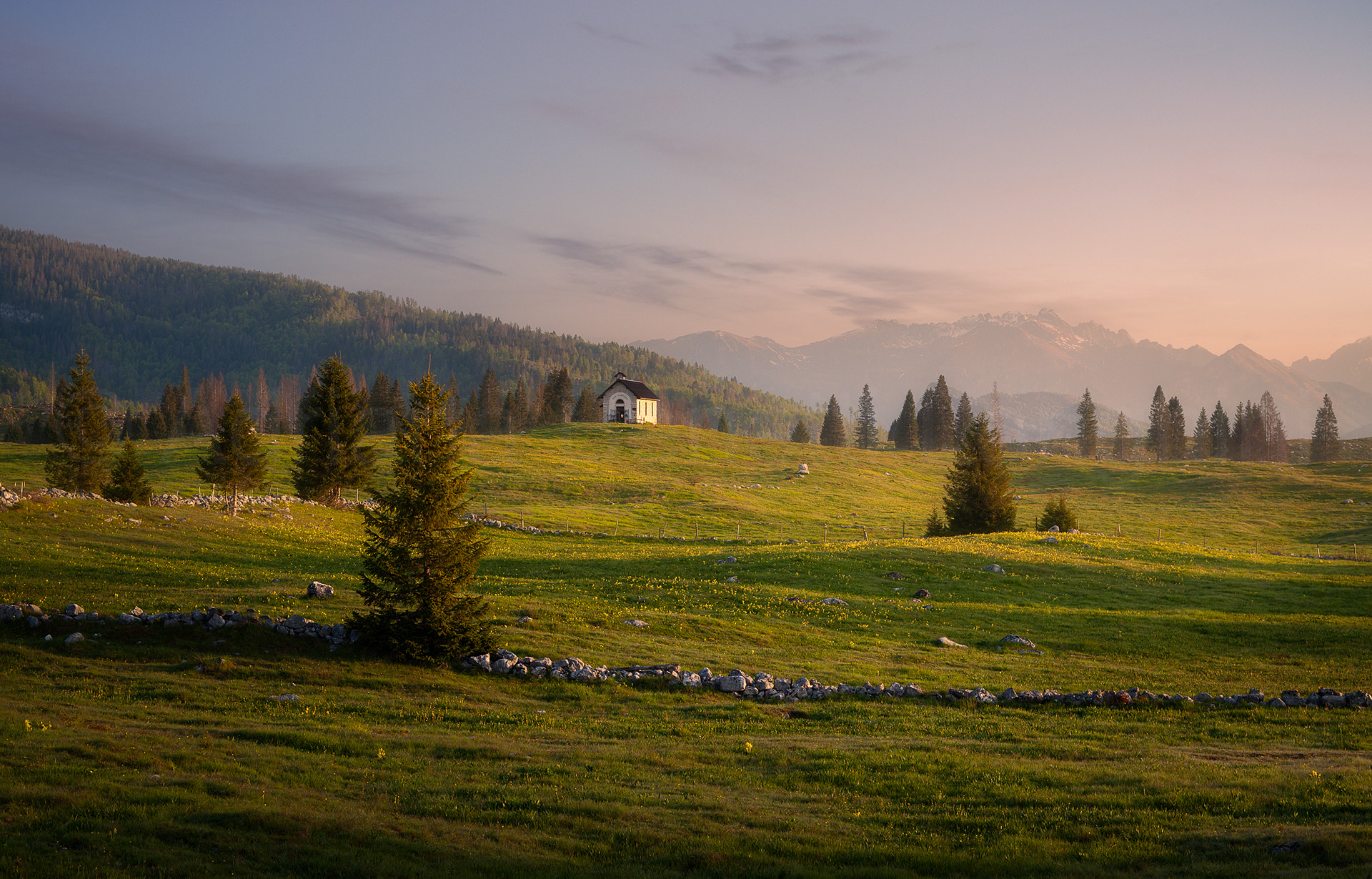

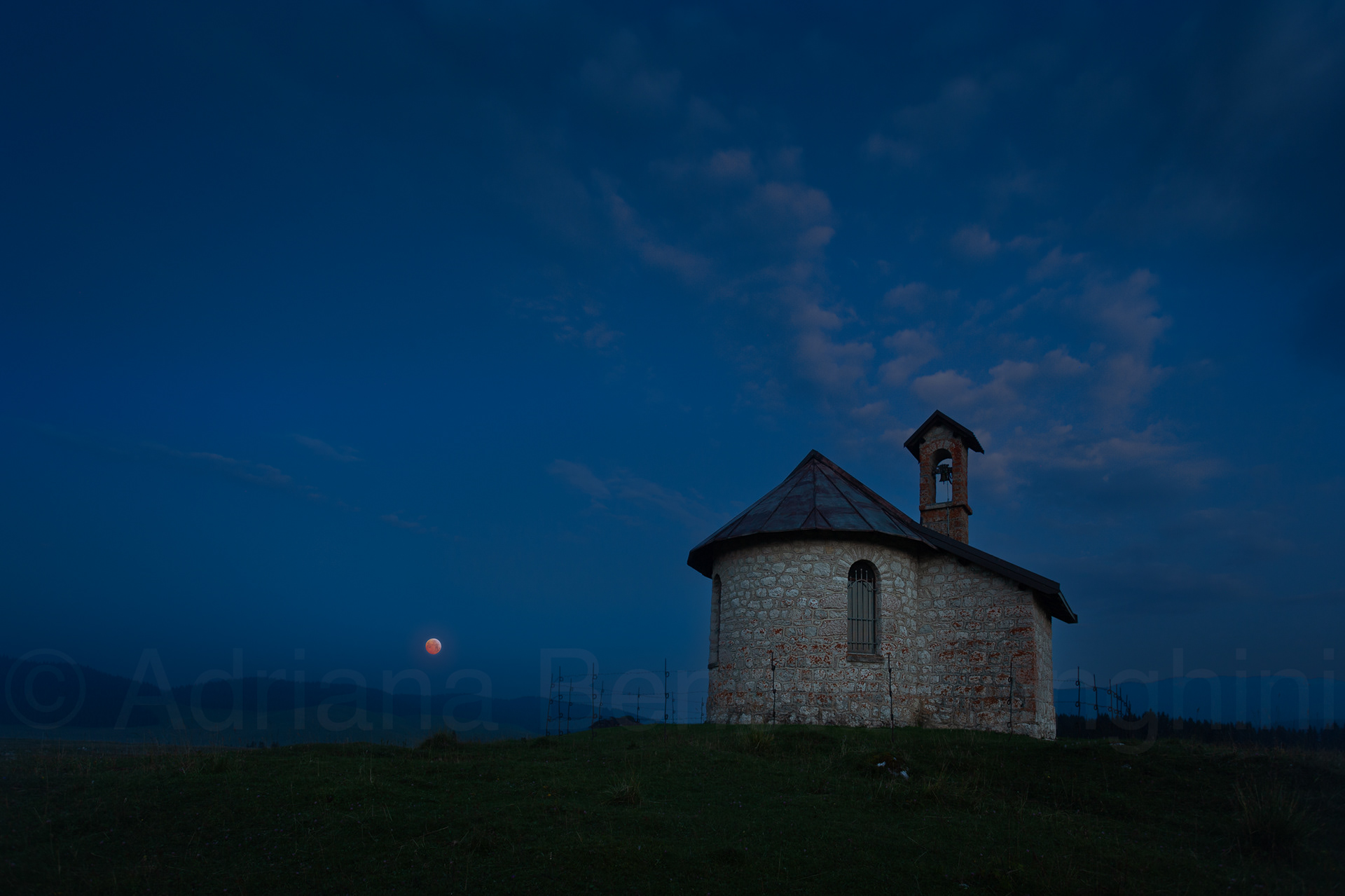
Blood moon rising

In the northern part of Marcesina, there is a small church dedicated to San Lorenzo, the protagonist of some local legends. The church was rebuilt in 1925 after the bombings of the First World War almost completely destroyed it. (almost by miracle the bell tower remained intact)
Nella parte nord di Marcesina si trova una piccola chiesetta dedicata a San Lorenzo, protagonista di alcune leggende locali. La chiesetta venne ricostruita nel 1925 dopo che i bombardamenti della Prima Guerra Mondiale la distrussero quasi completamente.
(quasi per miracolo il campanile rimase però intatto)
(quasi per miracolo il campanile rimase però intatto)
Here below are a selection of my favourite photos!


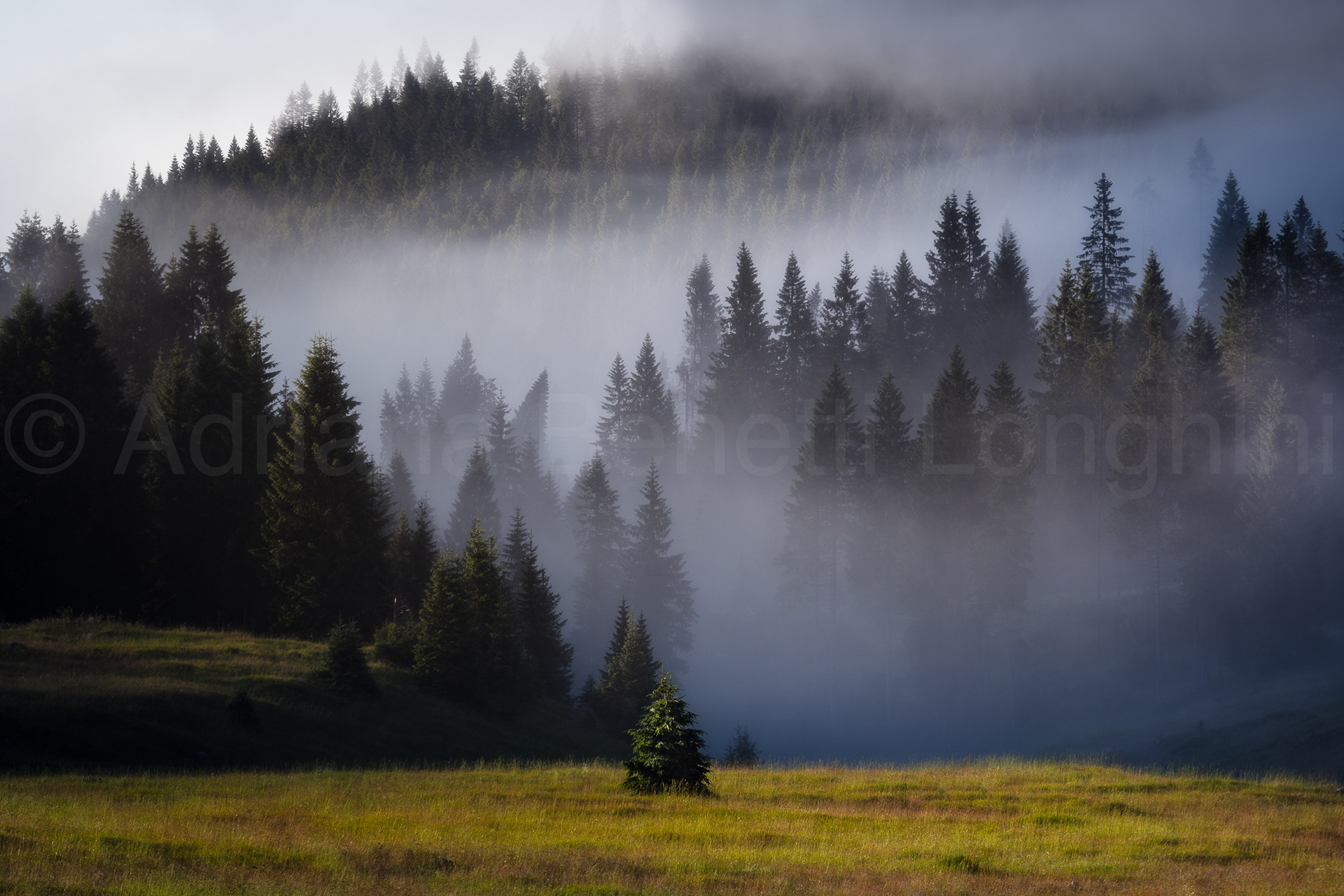
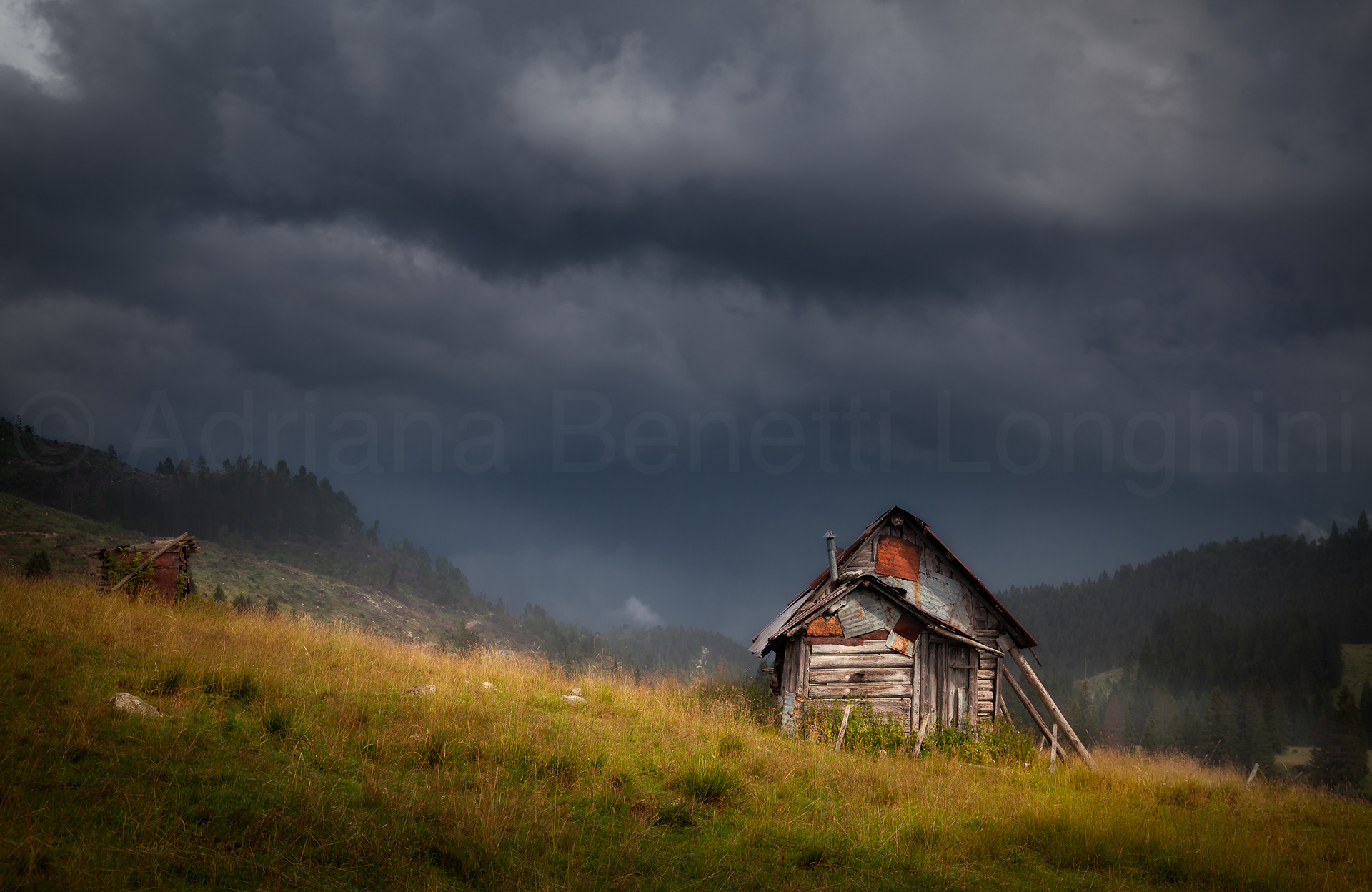
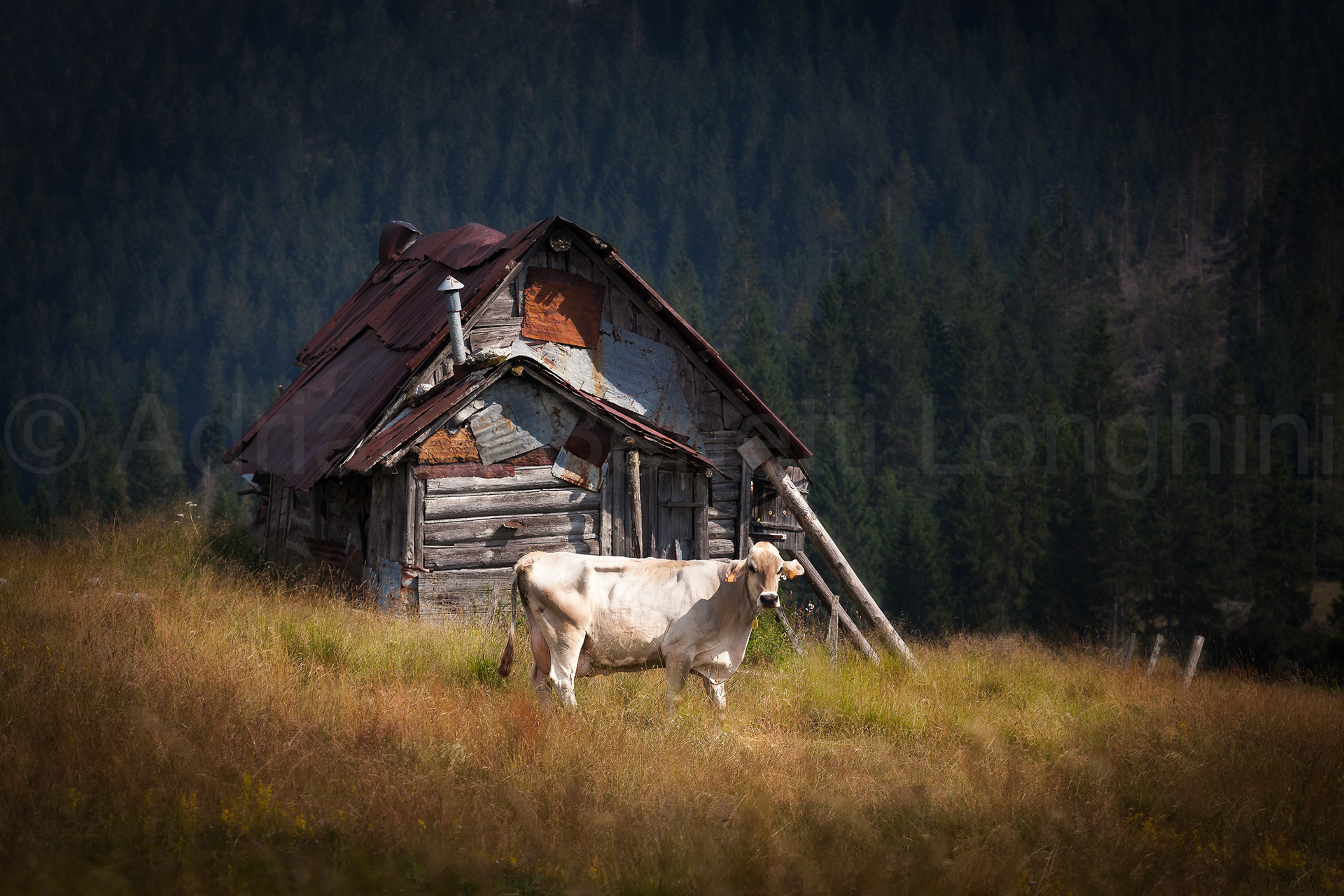
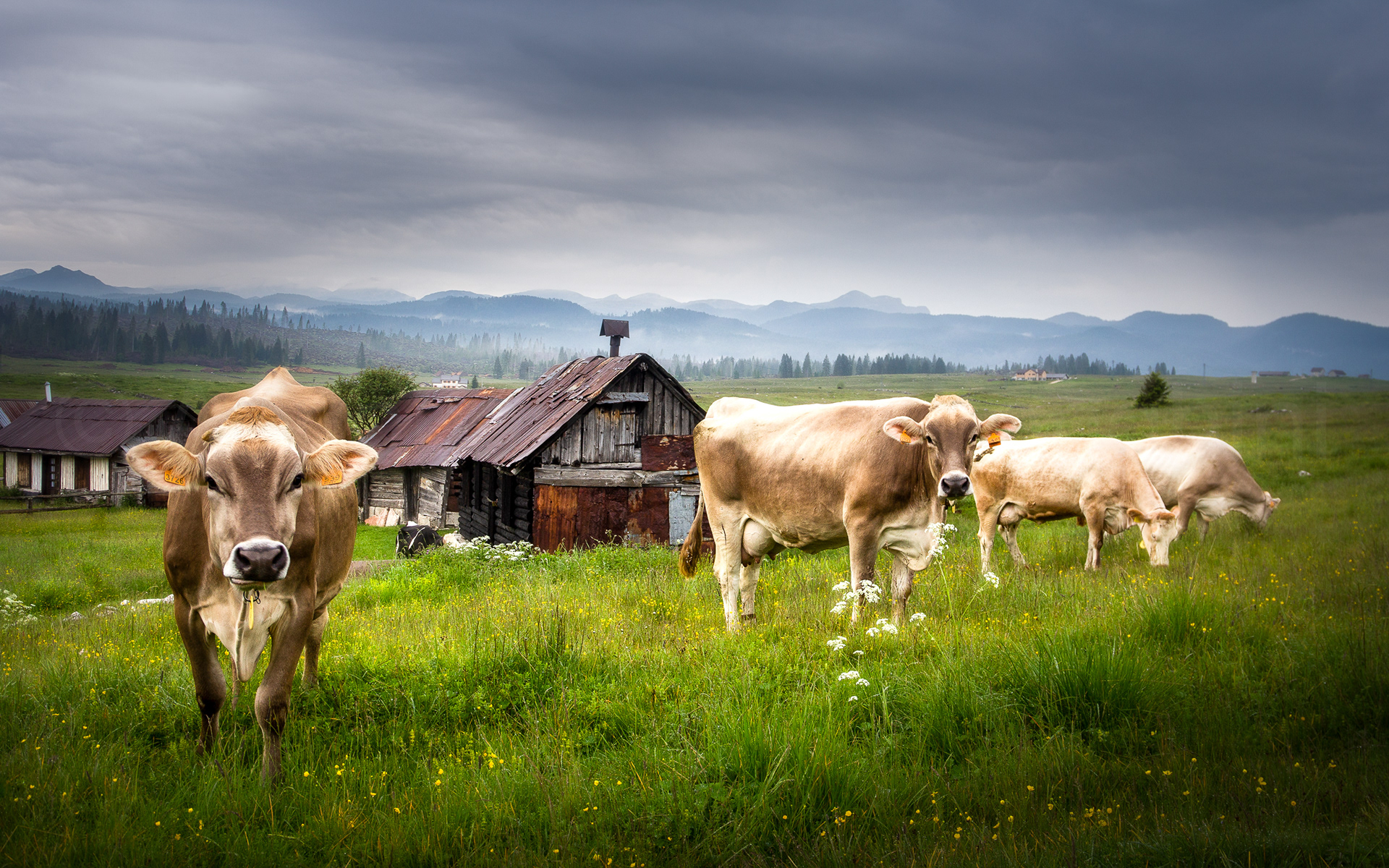
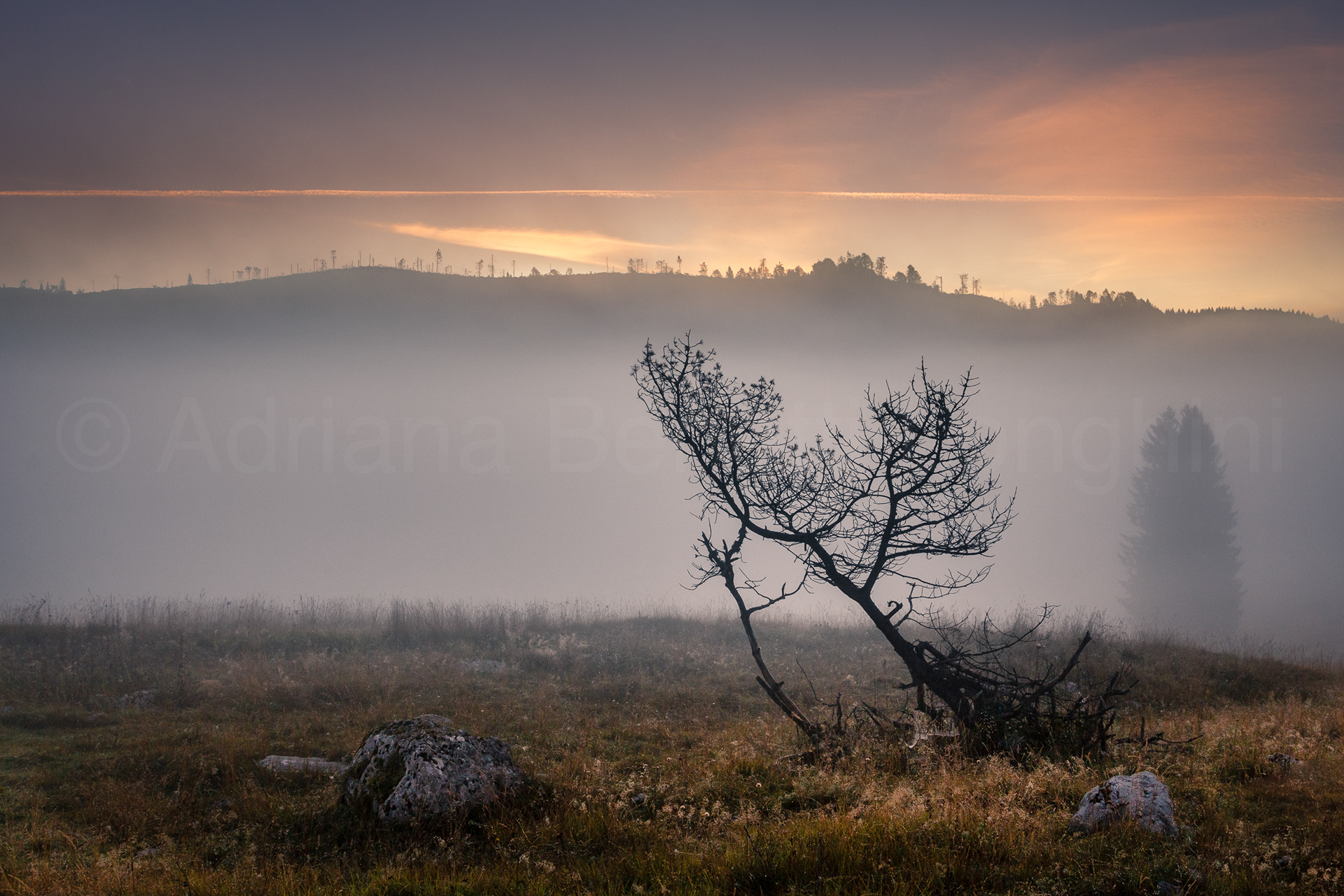


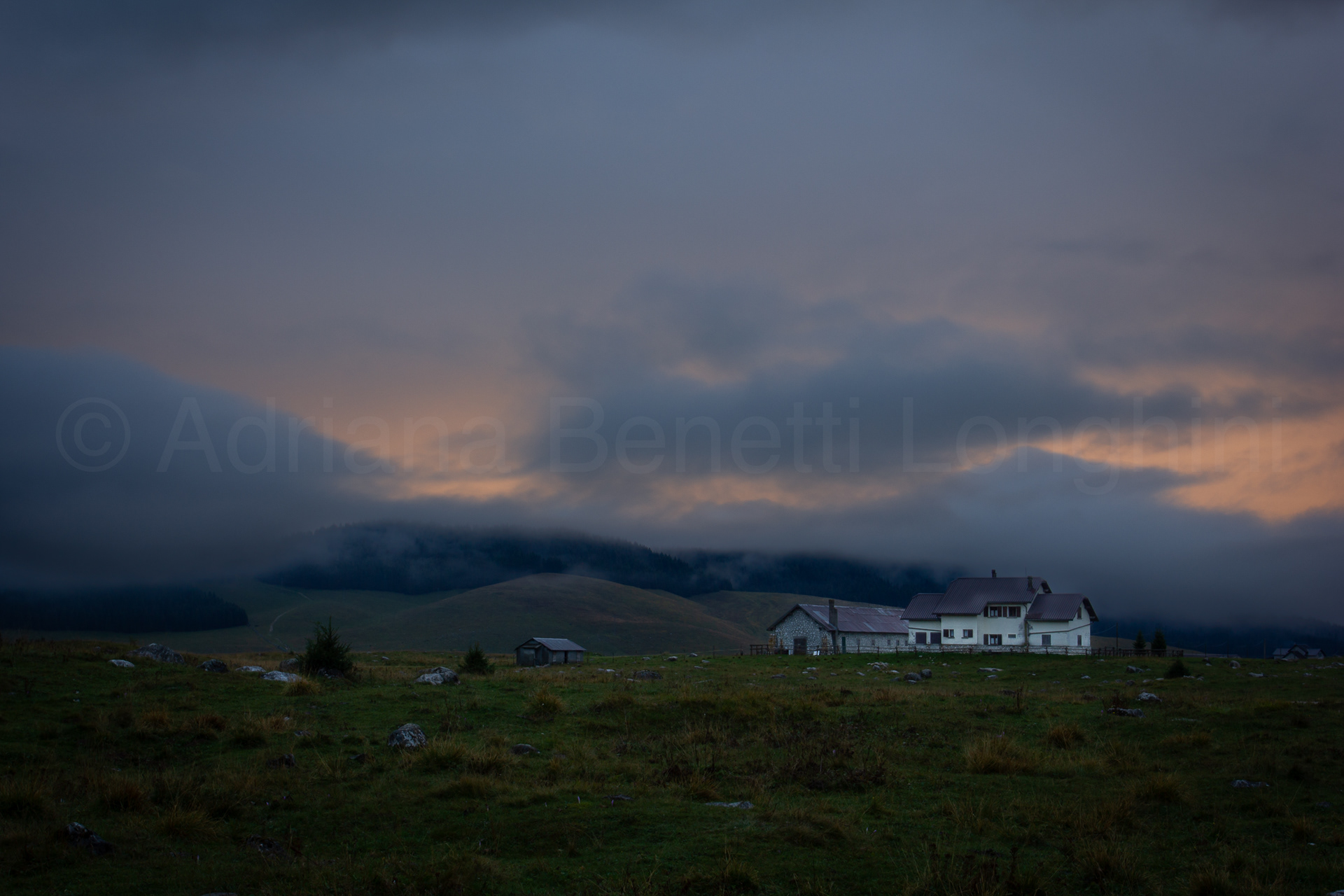



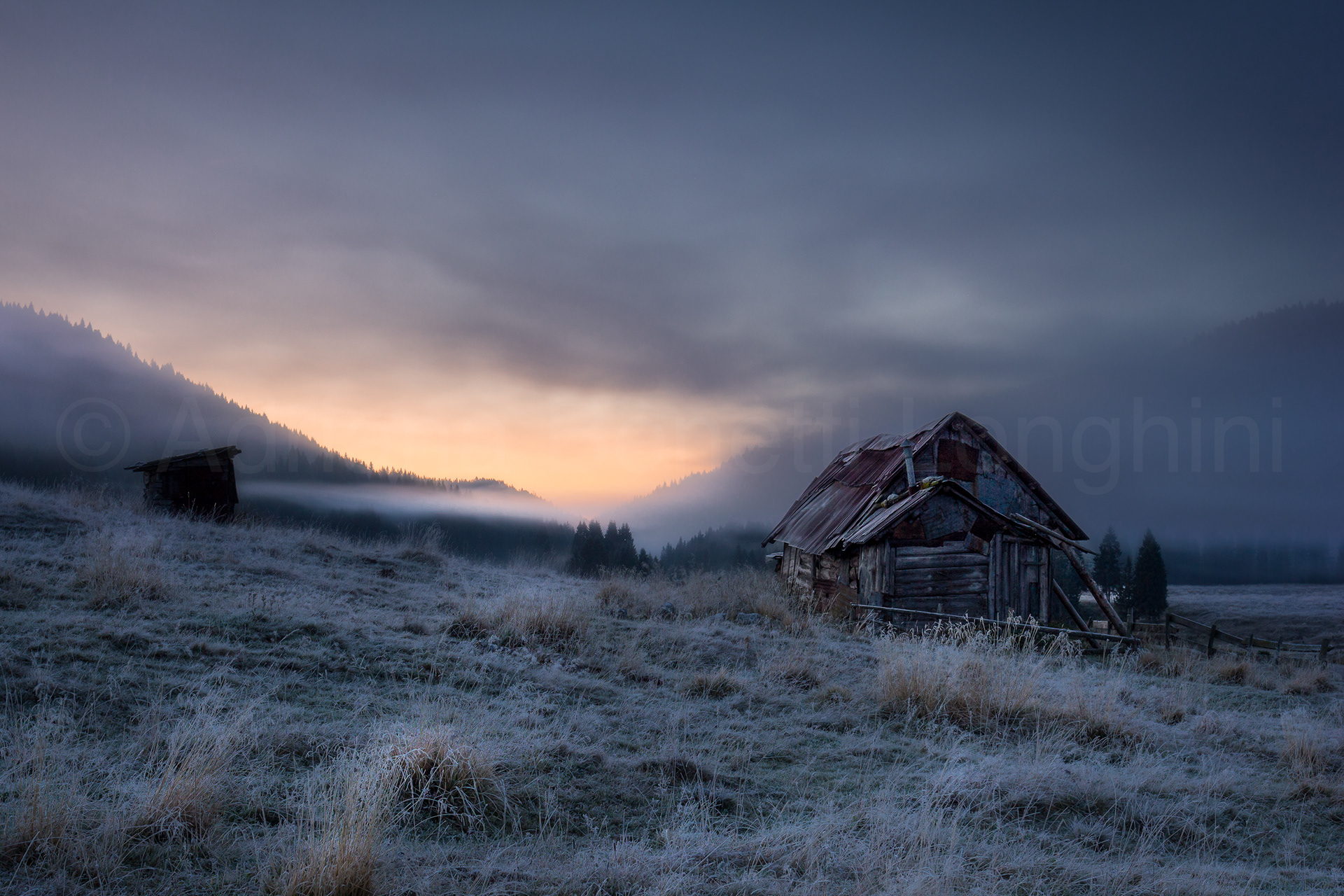



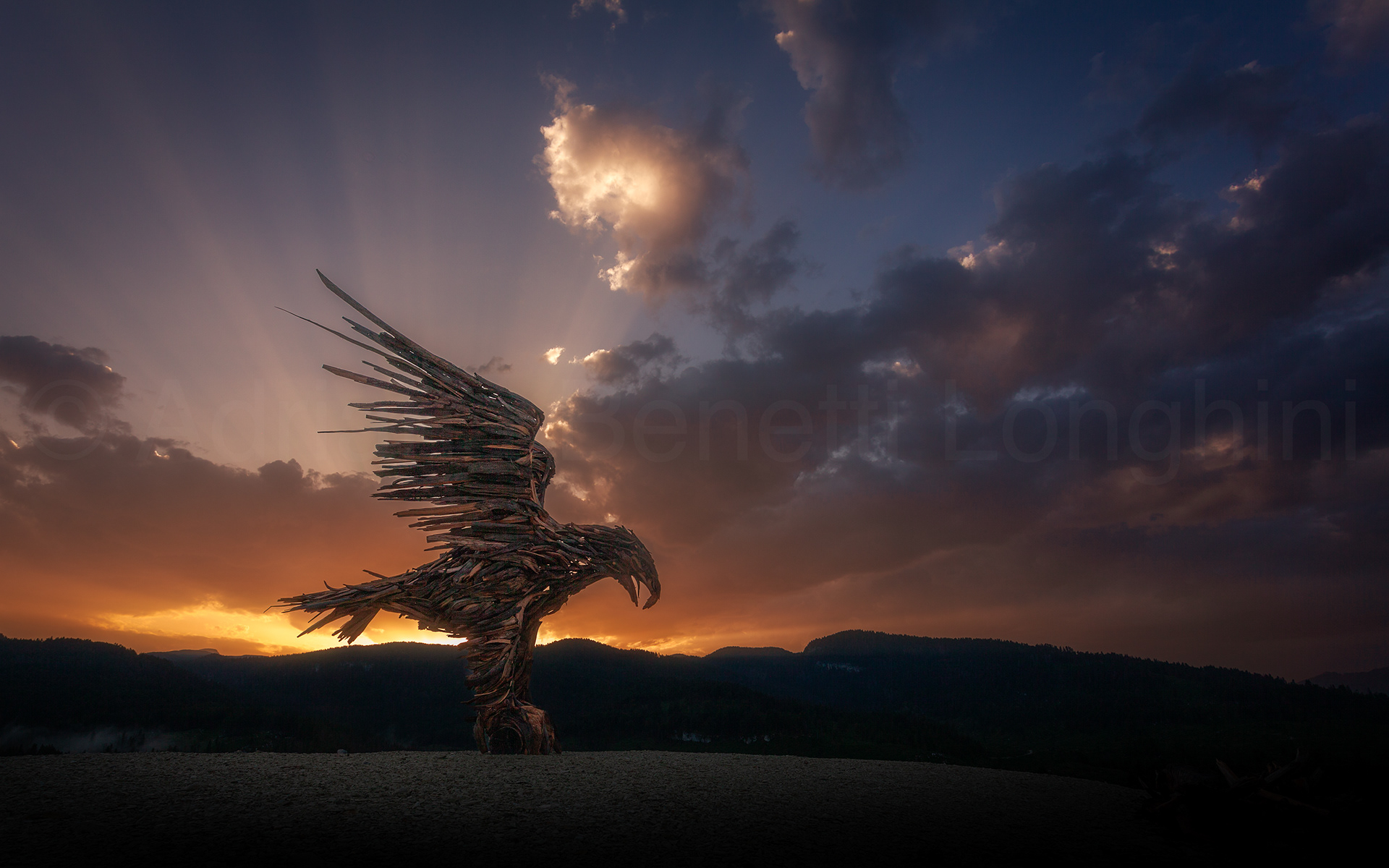
My photographs tell the story of this magnificent area in northern Italy. For many years now I have dedicated the exhibition of these images to the area and its people, as well as showing them at Bressanvido in the Province of Vicenza to celebrate the transhumance of cattle from the high pastures of Marcésina to the warmer climate below the mountains. Many of my photos of the Piana di Marcésina can be found in the homes of both people who have visited this wonderful area, and also of the descendants of families that originated from Altopiano dei Sette Comuni who live abroad. Personally, as part of a family from Asiago who has lived in Africa for many years, this thought alone, makes the destination worth the journey.
Le mie fotografie raccontano la storia di questa magnifica zona del nord Italia. Ormai per tanti anni ho dedico al territorio e alla sua gente la mostra di queste immagini, oltre a mostrarle a Bressanvido in provincia di Vicenza per celebrare la transumanza del bestiame dagli alti pascoli della Marcésina al clima più mite sotto il montagne. Molte delle mie foto della Piana di Marcésina si trovano nelle case sia di persone che hanno visitato questa meravigliosa zona, sia dei discendenti di famiglie originarie dell'Altopiano dei Sette Comuni che vivono all'estero. Personalmente, come parte di una famiglia di Asiago che vive in Africa da molti anni, questo solo pensiero, fa valere la meta del viaggio.
Thank you reading my blog!
© ADRIANA BENETTI LONGHINI (All rights reserved)
The photographs contained on this, and any other site under the adrianabenettilonghini.com domain, are the property of Adriana Benetti Longhini and are protected by International copyright laws. All copyright, trademark, and other intellectual property rights in this site, are the property of Adriana Benetti Longhini.
All Photographs on www.adrianabenettilonghini.com are copyrighted.

